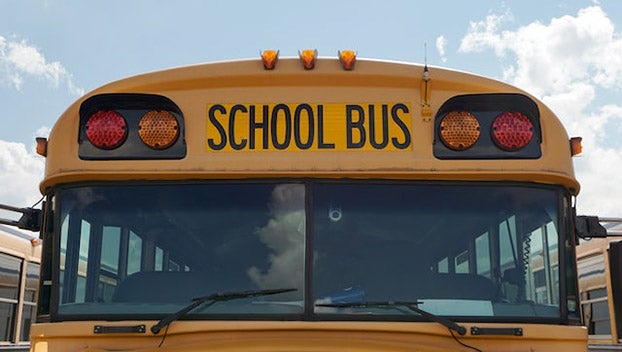Information sought on possible historic cemeteries
Published 11:20 am Thursday, March 24, 2022
|
Getting your Trinity Audio player ready...
|
New South Associates, Inc. and the National Park Service seek descendants or other persons with knowledge of individuals interred in the Robinson Cemetery and the Raine “Slave” Cemetery, two 19th-Century to early 20th-Century African American cemeteries in the Appomattox Courthouse National Historical Park (APCO). The project is assisting APCO as it plans its management, treatment, interpretation and memorializing of these cemeteries, integrating them thematically and physically with the park and its surrounding communities.
The Robinson Cemetery is a small cemetery south of the Jones Law Office (Kelly House), first occupied in the 1850s. Research has identified that John Cary Robinson (spelled Robertson in some records), an African American shoemaker, lived in the house with his family from the late 1860s until his death in 1918. Robinson made payments on the three-quarter-acre lot from 1871 to 1876, after which he owned the property. He operated his shoemaking and repair business out of the basement. Between his first wife, Lucy Ann, and his second wife, Frances W., John Robinson had a large family. The cemetery, marked with five small field stone monuments, is believed to contain the burials of John Robinson, his wife, Lucy, several of their children, and possibly other nearby relatives.
The Raine Cemetery lies west of the historic Appomattox Court House village and is believed to date to the early to mid-1800s. Civil War era maps plotted the location on the south side of the Richmond-Lynchburg Road (SR 24) as an area with two separate graveyards. One contained the burials of the Raine family (white) and the other is believed to contain interments of enslaved Africans and their descendants who lived nearby. Early park maps labeled the cemetery as a “Slave Plot.” This cemetery section was at the north end of land owned by John “Jack” Sears, and some of those he enslaved may be buried there. African Americans in the area may have continued to inter their loved ones in the cemetery through the late 1800s. In and around the African American cemetery, two geophysical surveys were conducted in 2015 and 2021. These studies identified as many as 90 marked and unmarked graves.
Persons with information on those possibly buried in the cemeteries are asked to contact Velma Fann at (770) 498-4155 extension 126, vfann@newsouthassoc.com.





